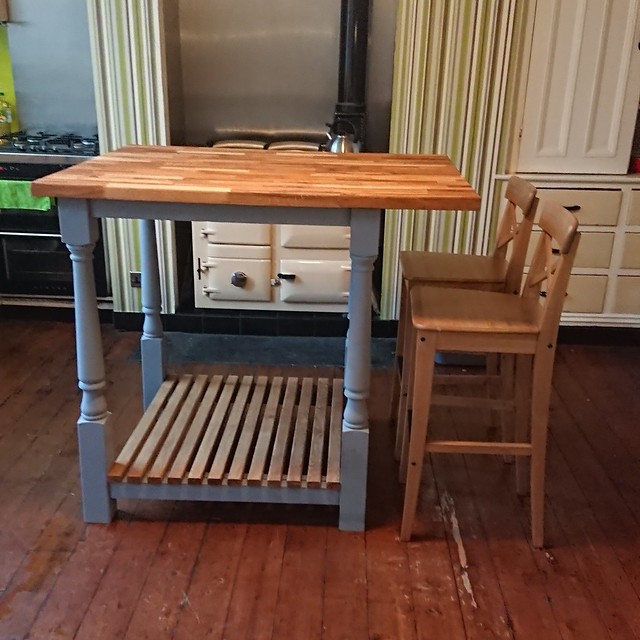Creating content is all about putting your own creations out for others to share. I’ve had this blog longer than I care to discuss and certainly since before microblogging was really a thing. It’s much lower investment to throw out a quick tweet about something and in lots of cases it’s a more appropriate medium Continue reading
Generating PHP library code from OpenAPI
How NOT to Review a Pull Request
Managing Environment Variables in PHP
Make a POST Request from PHP With Guzzle
POST requests from PHP … and I’d do it completely differently today. So, in an attempt to overcome some of the past crimes of the Internet in general and PHP in particular: here’s how to make a POST request in PHP, today, in a PHP 7+ world (it probably works in PHP 5 too). Continue reading Muffet: quick and easy link checking
http://example.com/home#something as well since all our titles are linkable in that way.
Enter: muffet Continue reading
Support for Speakers
[tweet https://twitter.com/tlakomy/status/1033302727500161024]
My approach to supporting other speakers is not really about the audience I would like (we’re all different!), but more about making two things happen:
- someone being the best they can be
- them getting credit for that
In fact I’ve been a speaker coach and mentor for a few years and have variously watched rehearsals, suggested where to stand and not stand, walked nervous speakers around outside before their talk, fetched water … all sorts of things. However this twitter thread (I got a bunch of tweets and the replies are also great) shows that _anyone_ can give great support to any speaker, whether you know them or not. Here are my favourite three things to do to support anyone giving a talk. Continue reading
Vim settings for working with YAML
Using Config Files with Ngrok
You can use a central config file for ngrok, and/or specific config files for each project. I use both, so I’ll show you around my setup. Continue reading

